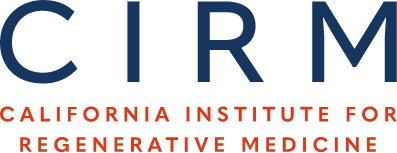Derivation of Inhibitory Nerve Cells from Human Embryonic Stem Cells
Parkinson’s disease (PD) is caused by degeneration of a specific population of dopamine-producing nerve cells in the brain and is chronic, progressive, and incurable. Loss of dopamine-containing cells results in…



